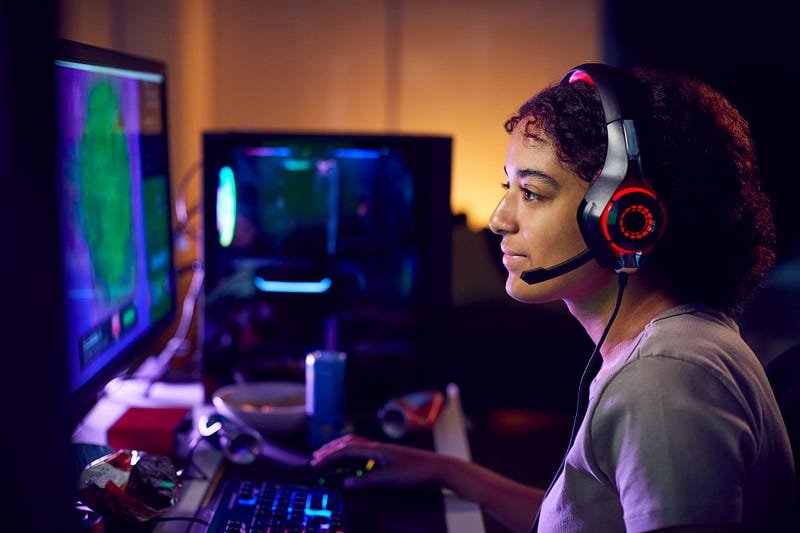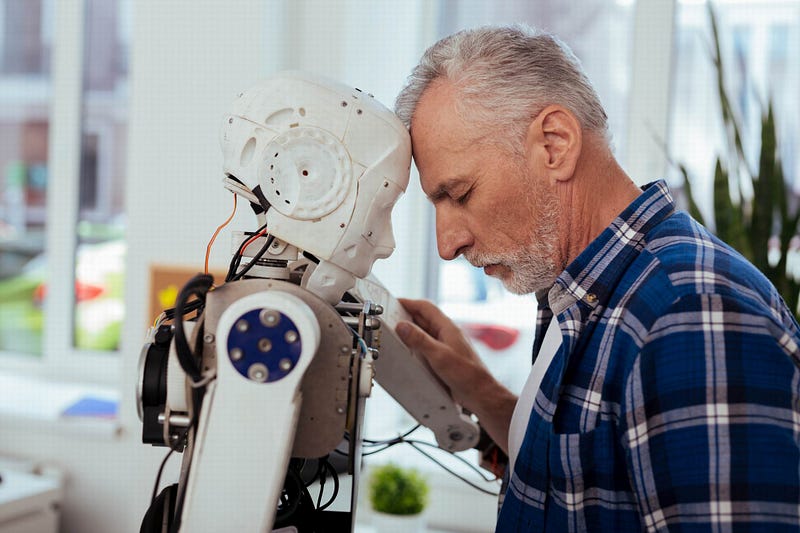Understanding ChatGPT: Its Potential and Limitations
Written on
Chapter 1: What is ChatGPT?
Before we jump to conclusions about ChatGPT potentially taking over jobs or influencing our thoughts, it's essential to clarify what ChatGPT truly is, what it isn't, and how we can utilize it effectively. This understanding becomes increasingly critical as we anticipate advancements in artificial intelligence, whether in conversational formats or other applications.
Section 1.1: Defining ChatGPT
In essence, ChatGPT is a conversational bot that allows users to engage in dialogue, ask questions, and receive responses in clear and accessible language. For a bit of entertainment, it can also mimic the writing style of notable figures whose works it has studied. Additionally, it assists in gathering information, solving issues, and enhancing efficiency when integrated with other tools.
The Brilliance and Weirdness of ChatGPT
This video delves into the fascinating and sometimes bizarre nature of ChatGPT, highlighting its strengths and peculiarities.
Section 1.2: Misconceptions About ChatGPT
It's important to note what ChatGPT is not. Unlike the sentient AIs depicted in films, it lacks self-awareness and the ability to dominate the world. Instead, it serves merely as a sophisticated chatbot, continuously improving but limited to the information it has been trained on. ChatGPT synthesizes data into coherent responses but does not originate its ideas. While it can draw logical conclusions and scenarios, it is not infallible.

Section 1.3: How ChatGPT Operates
The technology behind ChatGPT is termed a pre-trained generative transformer (GPT). To simplify, it consists of two primary components: the transformer, which comprehends input texts, and the generative, which produces new outputs based on learned material. The transformer employs multi-head attention units to analyze text structure, while the generative component uses decoders to craft responses.
In layman's terms, ChatGPT can only respond based on the dataset it was trained on. Although it can sometimes fabricate information to satisfy queries, its responses are grounded in its training.
Chapter 2: Benefits and Challenges of ChatGPT
Is ChatGPT Really Safe?
This video addresses the safety concerns surrounding ChatGPT and its implications for users and society.
Section 2.1: Advantages of ChatGPT
According to ChatGPT itself, the benefits include:
- Rapid Information Access: Offers immediate answers across various subjects.
- Around-the-Clock Availability: As a digital entity, it is always ready to assist users.
- Enhanced Communication: It effectively understands natural language, improving user-technology interactions.
- Personalization: It adapts to user preferences over time, delivering tailored responses.
- Efficiency Gains: It can handle mundane tasks, freeing up time for users.
In summary, with proper usage, ChatGPT can evolve into a valuable assistant, positioning users as “AI prompt engineers,” a role expected to gain prominence in the future.
Section 2.2: Risks Involved with ChatGPT
However, ChatGPT also presents several challenges:
- Emotional Limitations: Lacking empathy, it may misinterpret contexts, leading to inappropriate replies.
- Potential for Misinformation: It could be misused to disseminate false narratives.
- Privacy Concerns: User interactions may contain sensitive data, which poses a risk if mishandled.
- Bias Reflection: It may inadvertently reproduce biases found in its training data.
- Overreliance on Technology: Increased dependency on bots could undermine critical thinking and interpersonal skills.
Ultimately, the effectiveness of a conversational bot relies heavily on the quality of its information sources and our willingness to engage deeply with the subjects at hand.
Section 2.3: The Future of Work and Information Retrieval
ChatGPT is likely to transform how we seek information, especially for nuanced or creative inquiries. From culinary recipes to current events, it streamlines access to knowledge. Additionally, it can enhance workplace productivity by quickly summarizing data for reports or articles and may soon be integrated into personal assistants capable of simple conversations.

Section 2.4: Who Profits from ChatGPT?
ChatGPT's development is spearheaded by OpenAI, a non-profit organization, with a commercial branch, OpenAI LP, backed by Microsoft and various private investors. Although the foundation promotes transparency, the distribution of shares and ownership remains somewhat ambiguous.
ChatGPT generates revenue through subscriptions like ChatGPT Plus, priced at approximately $20 per month, which offers enhanced access, and its incorporation into Microsoft's Bing search engine, which has seen modest growth since the integration.
Section 2.5: Societal Impacts of ChatGPT
While ChatGPT cannot single-handedly reshape society, it's likely that more individuals will turn to such chatbots for information, especially as trust in traditional media declines. However, the quality of information is still a concern. The potential for AI to replace jobs raises significant questions about the future workforce and the necessary skills for the evolving job market.

In conclusion, while the future of AI like ChatGPT is uncertain, it is crucial to adapt and harness these emerging tools, much like previous technological advancements. The conversation about AI's role in society is ongoing, and we must remain engaged as we navigate this transformative landscape.